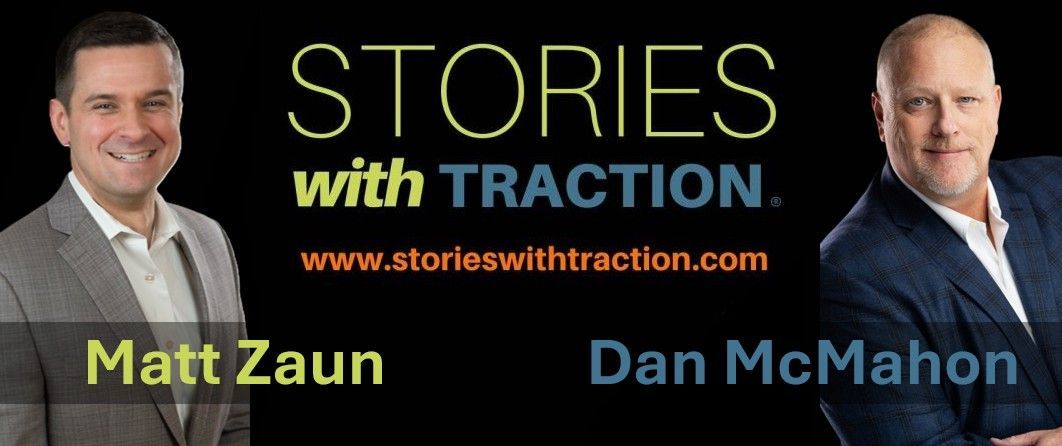From Chaos To Unity - Is Your Organization Finely Tuned?

The backstory:
While visiting with a girlfriend we got talking about being young girls at our first symphony and the magic of the tuning process. From chaos to unity – it still amazes me. It had me thinking how much better firms would be if they were in tune when the leader stepped up to the podium.
Tuning to True A: The Orchestra and Organizational Alignment
There’s a moment before every symphony begins—a moment of chaos that transforms into unity. The musicians, each with their own instrument, produce a cacophony of sounds as they tune. Then, from the oboe, a single note rings out: A440, the universal tuning standard. One by one, the musicians align themselves to this pitch, adjusting their strings, keys, and reeds until they resonate in harmony. Only then does the conductor take the podium, ready to lead an ensemble that is, at last, in sync.
This ritual is more than a tradition; it is a powerful model for organizational alignment. Just as an orchestra must first tune to a shared standard before playing together, a company must establish clarity and coherence before executing its strategy. Without this alignment, even the most talented team will struggle to produce a harmonious result.
Establishing the True A: Clear Vision and Values
In an orchestra, the oboe’s A is non-negotiable—it is the reference point that ensures harmony. In an organization, the equivalent is a clear vision and core values. These should be well-defined, consistently communicated, and universally understood. Without them, departments, teams, and individuals risk playing at different pitches, causing dissonance in execution.
Individual Adjustments: Role and Responsibility Clarity
Each musician listens and adjusts their instrument to align with the A. Similarly, individuals in a firm must calibrate their roles and responsibilities to fit within the larger vision. This means setting clear expectations, ensuring alignment between personal objectives and organizational goals, and fostering open dialogue to make necessary adjustments.
Listening to Others: Cross-Team Collaboration
Musicians don’t just tune to the oboe; they listen to each other, refining their sound in relation to the group. In a company, alignment isn’t just about top-down directives—it’s about cross-functional collaboration. Teams must actively listen to one another, ensuring their efforts complement rather than compete with the broader mission.
The Conductor Steps In: Leadership with Purpose
Only after the orchestra is in tune does the conductor raise the baton. In business, leaders must resist the temptation to dive into execution before alignment is achieved. A well-tuned organization allows leadership to focus on guiding performance rather than constantly resolving misalignments.
The Result: A Symphony of Success
An orchestra that tunes well plays beautifully. Likewise, an organization that takes time to align its people, processes, and priorities will operate with efficiency, cohesion, and purpose. The result is a workplace that doesn’t just function—it performs at its highest potential.
The Question:
So, before launching your next big initiative, ask yourself: has your organization truly tuned to its A? I’d like to know.
Please reach out at: robinann@integratedgrowthadvisors.com.











